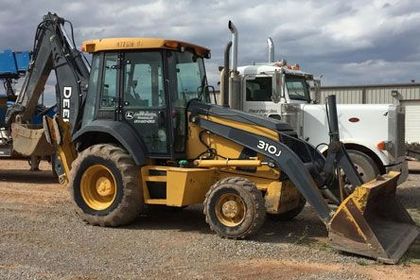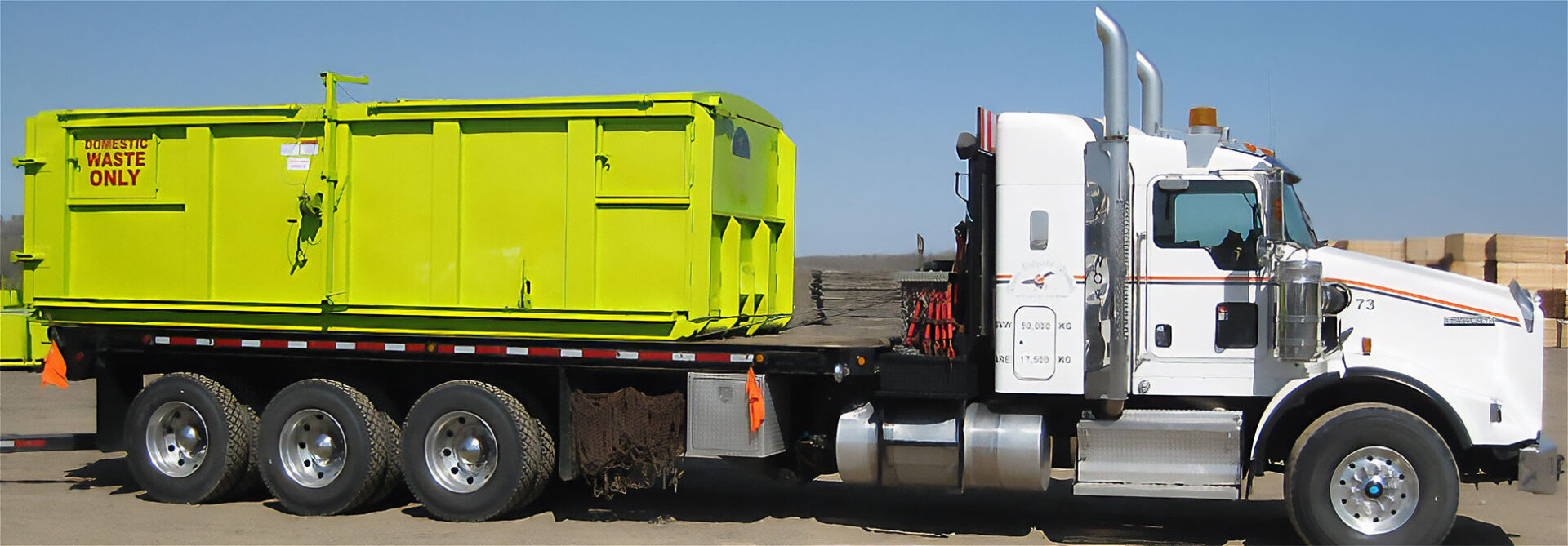Superior rentals squeeze tools: importance in safety you should know
All Regarding Oil Field Equipment and Pipeline Equipment: Secret Insights and Crucial Details
Oil field equipment and pipeline systems play a pivotal function in the oil and gas market. They are vital for the effective removal and transportation of hydrocarbons. Key components, such as drilling rigs and tank, straight impact operational success. Meanwhile, advancements in innovation guarantee to boost safety and security and efficiency. Comprehending these components is essential for anyone associated with or interested in this complicated market, as it establishes the phase for much deeper exploration of market practices.

Review of Oil Field Equipment
As the demand for oil continues to grow, comprehending the devices made use of in oil fields becomes increasingly essential. Oil field equipment encompasses a vast array of equipment and tools essential for exploration, removal, and handling. Trick components include piercing rigs, which are important for reaching oil storage tanks, and production equipment, such as separators and pumps, that facilitate the extraction process. Superior Rentals Contact. Furthermore, storage space containers play a substantial duty in holding unrefined oil prior to transport. Safety devices, including blowout preventers and stress evaluates, guarantees functional security and efficiency. Each tool functions cohesively to maximize manufacturing and keep efficient workflow. Familiarity with this equipment is essential for professionals in the industry to assure successful procedures and adherence to safety and security criteria
Sorts Of Drilling Rigs and Their Applications
Drilling rigs work as the foundation of oil removal procedures, with different kinds designed for specific geological problems and functional requirements. The most typical types include rotating boring rigs, which utilize a revolving drill little bit to pass through the planet, and cord device rigs, known for their percussion boring technique. For offshore procedures, jack-up rigs and semi-submersible rigs provide security and support in aquatic settings. Furthermore, directional exploration rigs allow drivers to drill at angles, reaching down payments that are not up and down available. Each rig type has distinct benefits, maximizing efficiency and security based upon the boring setting. Picking the proper gear is necessary for maximizing resource removal while reducing environmental impact and functional prices.

Essential Pipeline Equipment and Their Functions
Pipeline infrastructure is important for the transportation of oil and gas from extraction websites to processing facilities and end-users. Different important tools parts facilitate this process. Pipes themselves function as the primary avenues, designed to withstand high stress and corrosive compounds. Pump terminals are important for maintaining flow by enhancing stress along the pipeline. Shutoffs play a crucial role in managing circulation and isolating areas for upkeep. Furthermore, fittings and ports ensure secure joints between pipe sections. Keeping track of systems, websites consisting of circulation meters and stress sensing units, are important for detecting leakages and optimizing flow rates. Pigging devices is used for upkeep and cleaning, protecting pipeline integrity and effectiveness. Together, these components form the foundation of a trustworthy pipeline system.
Innovations and Technologies in Oil and Gas Equipment

Security and Maintenance Practices in the Oil Sector
While the oil industry has actually made substantial strides in technology and performance, the value of robust safety and maintenance techniques can not be overemphasized. Efficient security procedures are necessary to shield workers and the atmosphere, lessening the risk of mishaps and spills. Normal examinations and upkeep click here now of tools help recognize potential concerns prior to they escalate, guaranteeing functional stability. Educating programs for workers are important, stressing the value of security understanding and emergency action procedures. In addition, adherence to sector laws and standards fosters a culture of safety and security. Implementing innovative monitoring modern technologies can additionally enhance upkeep practices, permitting real-time assessments of tools problems. Inevitably, focusing on safety and security and maintenance is integral to the sustainability and success of the oil sector.
Regularly Asked Questions
What Are the Environmental Effects of Oil Field Equipment?
The environmental effects of oil field equipment include habitat destruction, water contamination, and air pollution (Superior Oilfield Rentals). In addition, devices malfunction can result in spills, blocked pipes plumber negatively affecting wildlife and environments, highlighting the need for stringent laws and tracking
Just How Is Oil Field Equipment Transported to Remote Locations?
Moving oil field equipment to remote locations usually entails customized automobiles, helicopters, or barges. Logistics firms coordinate courses, guaranteeing tools arrives safely and successfully, taking into consideration surface and access to reduce hold-ups and maximize productivity.
What Governing Standards Govern Oil Field Equipment?
Governing criteria regulating oil field equipment largely consist of safety and security, environmental protection, and operational efficiency standards. Agencies such as OSHA and EPA impose these laws to ensure secure techniques and decrease ecological impact in oil extraction operations.
What Abilities Are Required to Operate Oil Area Machinery?

How Do Oil Costs Influence Equipment Need and Usage?
Oil prices considerably affect tools need and usage. Greater prices commonly result in increased expedition and production activities, driving demand for machinery. On the other hand, reduced prices might result in lowered procedures and lowered requirement for tools.